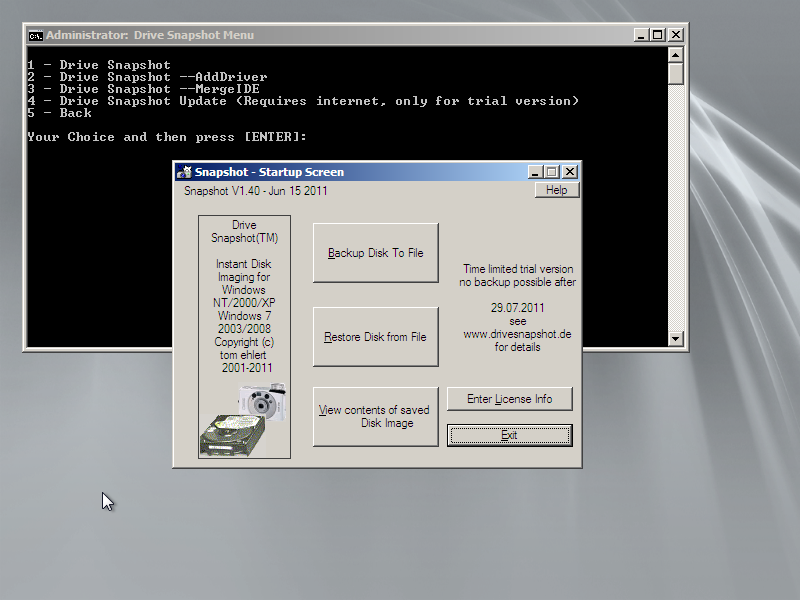


By default, the data has one copy ( single) and the metadata is mirrored ( raid1). The RAID levels can be configured separately for data and metadata using the -d and -m options respectively. Starting from kernel 5.5 RAID1c3 and RAID1c4 for 3- and 4- copies of RAID 1 level. Supported RAID levels include RAID 0, RAID 1, RAID 10, RAID 5 and RAID 6. Multiple devices can be used to create a RAID. See the Btrfs page on RAID5 and RAID6 for status updates (seems to not be updated). Warning: The RAID 5 and RAID 6 modes of Btrfs are fatally flawed, and should not be used for "anything but testing with throw-away data." List of known problems and partial workarounds. # mkfs.btrfs -L mylabel -n 32k /dev/ partition To use a larger nodesize for metadata (must be a multiple of sectorsize, up to 64KB is allowed), specify a value for the nodesize via the -n switch as shown in this example using 32KB blocks: The Btrfs default nodesize for metadata is 16KB, while the default sectorsize for data is equal to page size and autodetected. To create a Btrfs filesystem on partition /dev/ partition: To use a partitionless setup, see #Partitionless Btrfs disk. To convert an ext3/4 partition to Btrfs, see #Ext3/4 to Btrfs conversion. The following shows how to create a new Btrfs file system. If you need to boot from a Btrfs file system (i.e., your kernel and initramfs reside on a Btrfs partition), check if your boot loader supports Btrfs. 6.8 Incremental backup to external driveįor user space utilities, install the btrfs-progs package that is required for basic operations.6.7 Reducing access time metadata updates.6.6 Use Btrfs subvolumes with systemd-nspawn.3.2.1 View compression types and ratios.


 0 kommentar(er)
0 kommentar(er)
